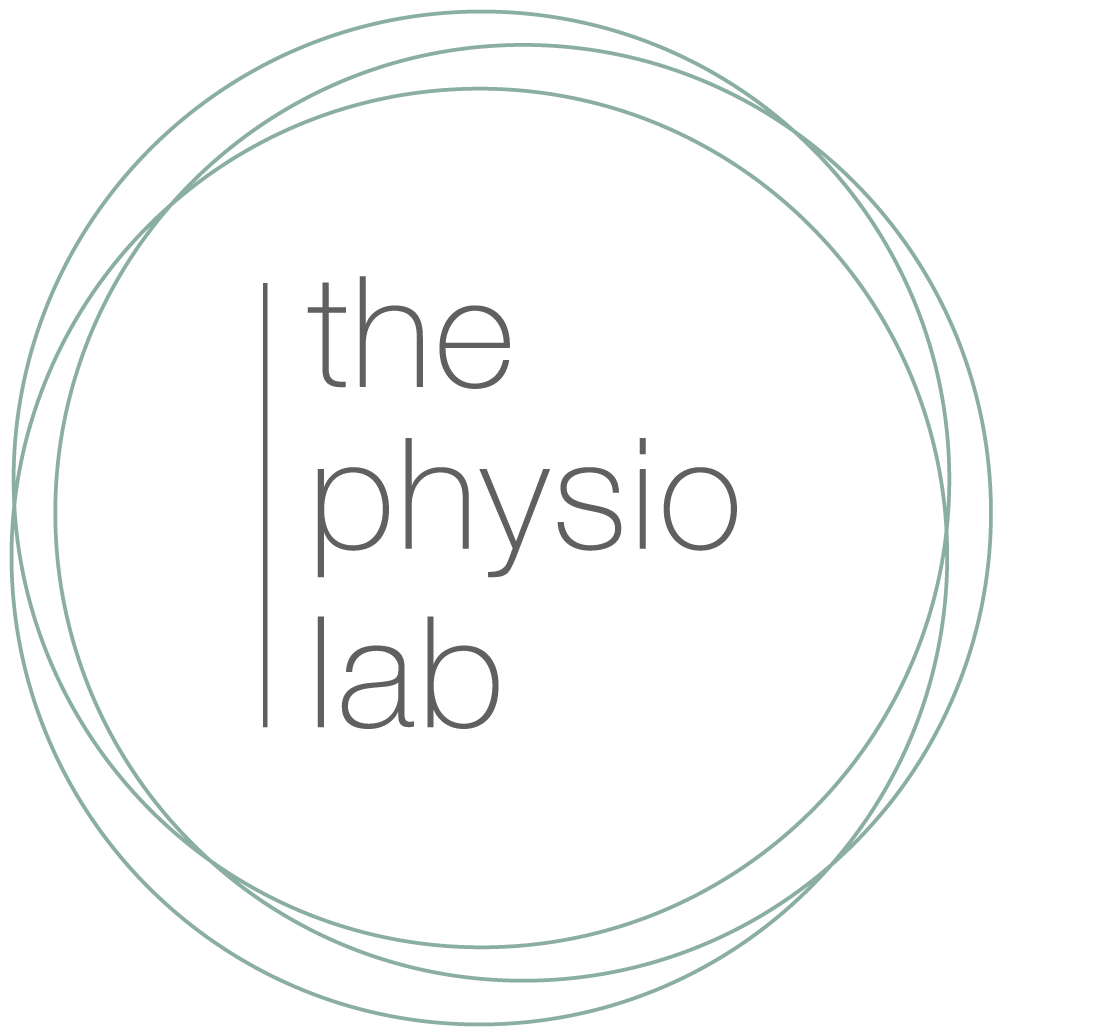“Only the astronaut in our society is a more selected individual than the professional ballet dancer.”
(Dr William G Hamilton)
PRE-POINTE ASSESSMENT
A pre-pointe assessment is an hour long assessment performed by a qualified physiotherapist to determine whether a young dancer is ready to transition to dancing en pointe. Whilst dancing en pointe is a beautiful part of ballet, it is not a normal human movement and as such requires sufficient strength, range of movement and control to ensure it is done safely. In this initial assessment the therapist will assess the dancer’s pelvis and hips, trunk, knees, ankles and feet as well as overall control, body awareness and technique to determine whether her body is ready to cope with the increased load that is associated with pointe work. Factors such as age, years of dance training, hours of classes per week and level of hypermobility are also taken into account. Through this assessment the physiotherapist can determine any areas that require additional training and development and design an appropriate, individualised exercise programme to support the dancer’s transition to dancing en pointe.
What should I wear and what can I do to prepare for the assessment?
Please come dressed in attire similar to what you wear to ballet/dance class to allow for freedom of movement and easy assessment of your posture and alignment. Ballet shoes are not necessary.
In preparation for the assessment please be sure to focus on your basic ballet technique in all classes, listen to corrections given by your teachers and perform any preparatory exercises you may have been given diligently.
What happens next?
Following your assessment the physiotherapist will communicate with both you and your teacher as to what was found and any prescribed exercises or points of focus.
Your physiotherapist can work with your dance teacher and explain to you areas that may need further attention in order to prevent injury prior to starting pointe work.
It is very common for you to need some time to work on your individualised exercise programme before reviewing your readiness to transition to pointe training. Your physiotherapist will work with you to determine an appropriate time frame for this.
Remember that you potentially have years ahead of you to dance en pointe and that spending the time now on correctly and safely preparing your body and transitioning can help to prevent injuries and ensure that your experience whilst challenging, remains enjoyable!
Learning to understand your body, improving your body awareness and enhancing your technique will be beneficial in years to come.
More information about dance injuries and assessments can be found at the Aus Dance website

